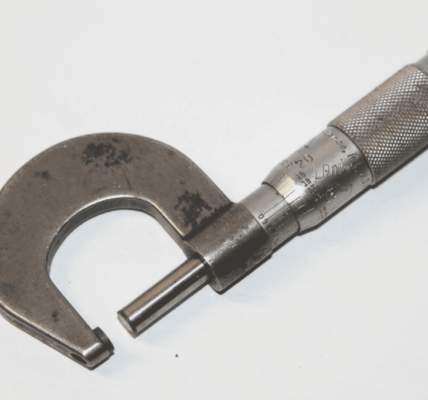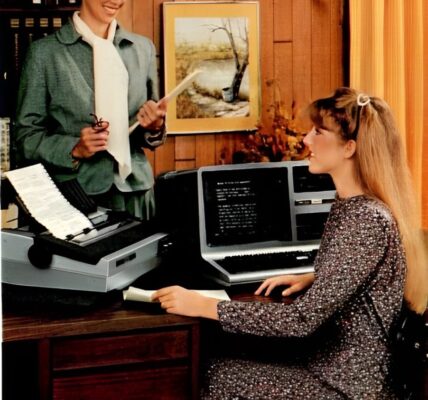Coal scuttles, also known as coal buckets, pails, or hods, once played a crucial role in homes heated by coal-fired stoves and fireplaces. These metal containers were essential for storing and carrying coal, making it easy to keep the fire going. Though coal is no longer a primary heating source in most homes, coal scuttles remain a cherished vintage item, appreciated by history enthusiasts and interior decorators alike. In this article, we’ll delve into the origins, design, evolution, and modern uses of this versatile container.
What is a Coal Scuttle?

A coal scuttle is a metal container traditionally used to store coal near a stove or fireplace. Its design is often cylindrical or conical, with an open top featuring a slanted edge to make pouring coal easier. Most coal scuttles have one or two handles—one for carrying and another for tilting the scuttle, allowing for controlled pouring without spilling coal dust or ash.
Initially, coal scuttles were created purely for function, helping homeowners keep fuel close by and ready to use. Over the years, however, coal scuttles have transformed from practical household tools to decorative items, often crafted with intricate designs to enhance their aesthetic appeal.
The Origin and Etymology of the Coal Scuttle
The word “scuttle” originates from the Latin term scutella, meaning “serving platter.” This evolved over time through Old and Middle English to take on its current meaning as a container for coal. Another common term, “hod,” stems from the Old French word hotte, meaning “a basket carried on the back.” This term reflects the European roots of coal scuttles and their historical role as practical carriers.
These various names capture the journey of the coal scuttle from a simple carrier to an essential household item, highlighting its place in both European and American history. This long-standing utility also hints at the item’s enduring charm, which continues to captivate vintage collectors and decor enthusiasts.
The Practical and Beautiful Design of a Coal Scuttle
Coal scuttles were designed with both durability and functionality in mind. Typically crafted from metals like iron or brass, they were built to withstand the wear and tear of daily use and the high temperatures near stoves and fireplaces. While some coal scuttles are simple, prioritizing function over form, others are far more decorative, featuring engravings, etchings, and unique finishes that add elegance to their utilitarian purpose.
The unique shape of a coal scuttle—cylindrical or conical with a slanted opening—serves a practical purpose. This angled top allows for easy pouring, making it possible to add coal to the fire without scattering ash. A handle at the back provides stability and control, reflecting an era when coal heating was common, and household items were built to last.
A Darker Chapter in the History of the Coal Scuttle
While coal scuttles are generally remembered as humble household tools, they do carry a few darker historical associations. In 1917, a Swedish serial killer named Hilda Nilsson used a coal scuttle in a horrific manner, using it as a part of her crimes. This dark chapter is a chilling reminder of how everyday items can be repurposed in disturbing ways.
During World War I and World War II, the German Stahlhelm (steel helmet) earned the nickname “coal scuttle helmet” due to its resemblance to these containers. This iconic shape, linked with the coal scuttle, became a lasting symbol of the German military during a tumultuous period in history, adding a layer of complexity to the otherwise straightforward story of this simple item.
Modern Uses and Decorative Appeal of the Coal Scuttle
Although coal is no longer a primary heating source, coal scuttles have found new life as decorative items in homes. Their vintage charm makes them popular additions to rustic, industrial, and eclectic interior styles. Here are a few creative ways to use coal scuttles in modern decor:
1. Fireplace Accessory
In homes with wood-burning fireplaces, coal scuttles can serve as stylish holders for firewood or kindling. Filling a coal scuttle with logs adds authenticity and charm to a cozy hearth, bringing a touch of history to your living space.
2. Unique Planter

Coal scuttles make excellent planters, thanks to their durability and distinctive shape. They pair beautifully with green foliage, creating a striking contrast that’s perfect for indoor gardens or patios. Their rustic look complements a wide range of plants, adding vintage flair to any plant display.
3. Magazine or Book Storage
Coal scuttles can also be repurposed as holders for magazines or books. Place one beside your favorite reading chair, and you’ll have a functional and charming storage option that adds old-world charm to your reading nook.
4. Umbrella Stand
The tall, narrow design of a coal scuttle makes it an ideal umbrella stand. Placing a coal scuttle near your entryway offers a practical and stylish storage solution, blending functionality with vintage appeal.
5. Decorative Accent Piece
Some homeowners choose to use ornate or antique coal scuttles purely as decorative pieces. With their historical significance and intricate designs, these items can add a unique character to any room, serving as conversation starters and decorative accents that capture a piece of history.
Collecting Antique Coal Scuttles: A Nostalgic Hobby

For antique enthusiasts, coal scuttles hold a unique appeal. These containers represent a time when household tools were crafted with care and resilience. Collectors often seek out coal scuttles made from brass, copper, or those with intricate detailing, as these add aesthetic and historical value.
If you’re interested in collecting coal scuttles, consider these tips:
- Learn About the History and Design: Understanding the different materials, designs, and time periods can help you identify valuable pieces.
- Look for Authenticity: Signs of natural wear, patina, or craftsmanship are indications of authenticity. Small dents or rust spots can add to the charm and historic value of a coal scuttle.
- Check for Maker’s Marks: Some scuttles may bear the manufacturer’s mark, which can add to their value and confirm their origin.
- Condition Matters: While minor wear is expected, excessive rust or damage can reduce a scuttle’s value, unless it holds significant historical importance.
Why Coal Scuttles Continue to Captivate Us
Coal scuttles are more than just remnants from the days of coal heating. They capture the essence of a different time, reflecting the craftsmanship of the past and a way of life that prioritized both beauty and practicality. In modern decor, they offer a unique blend of history and style, fitting seamlessly into rustic and contemporary settings alike.
Whether used as a planter, a storage solution, or a decorative accent, a coal scuttle adds warmth and character to a space. It serves as a reminder of the care and thought that went into creating everyday household items in the past, and as a testament to the timeless appeal of vintage decor.
Conclusion
Once an essential item in coal-heated homes, the coal scuttle now serves as a charming reminder of a bygone era. From its practical origins and historical significance to its modern decorative uses, the coal scuttle has proven itself to be a versatile and enduring item. Incorporating a coal scuttle into your decor not only brings a touch of nostalgia but also celebrates the beauty of practical design. So, the next time you come across a coal scuttle in an antique store or see it repurposed in a creative way, you’ll have a greater appreciation for the history and charm of this humble yet fascinating object.




